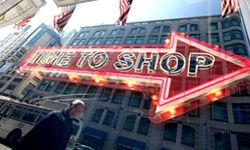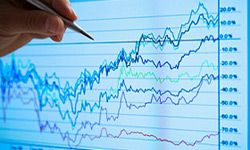Although some economists declared the most recent recession over in June 2009, the mortgage crisis, fluctuating gas prices, a shaky stock market and other complex economic issues continue to drag down both the U.S. and global economies. The beginning of 2011, however, has shown market watchers signs of hope. Commercial sales are on the rise and unemployment is somewhat down.
Economists and financial analysts can predict some of these market fluctuations, but the economy is like an incredibly complex machine that's missing the owner's manual. There are so many variables and factors affecting the deeply interconnected web of worldwide economies that even the most experienced economist can only take educated attempts at fiscal prognostication. Instead of reading tea leaves or looking for signs in the stars, we can look for evidence of real economic recovery. Here are 10 signs that the U.S. economy is gaining back the ground it lost during the recession.
Advertisement





